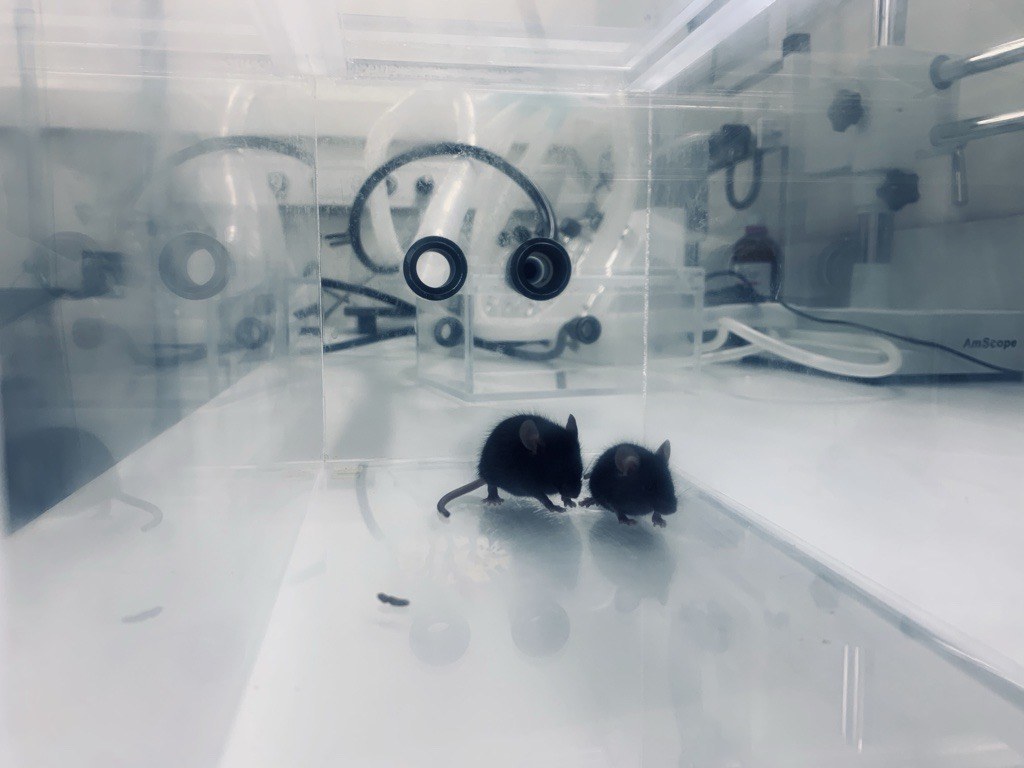Intellectual disability occurs with an estimated frequency of 1-3% and is due to a genetic defect in half of the cases. The causes of developmental delay are extremely heterogeneous. The cognitive genetics team wants to better understand the molecular causes of intellectual disability with the ultimate goal of developing rational therapy. On the one hand, we work on optimizing techniques to determine the causes of cognitive delay and on the other hand, we study the function of the identified genes to explore the possibilities of targeted therapy.
We are also developing a multi-modal drug screening platform.
Team Leads: Frank Kooy, Wout Bittremieux

The development of whole exome sequencing (WES) has substantially increased our insights in the genetic causes of neurodevelopmental disorders by detection of de novo mutations by comparing the exome of the proband to that of its parents.
Using this method, mutations in the Activity Dependent-Neuroprotective Homeobox Protein (ADNP) gene have been discovered, contributing to a neurogenetic syndrome termed Helsmoortel-Van der Aa syndrome (OMIM 615873), with a prevalence of 0.2% of global autism cases. Patients show a clinical presentation of mild to severe intellectual disability, autism spectrum disorder, global developmental delay, motor and speech delay, behavior abnormalities and deficiencies in several organ systems such as gastrointestinal problems.
In recent screening studies, ADNP appears one of the most frequently mutated genes with a hundred percent disease penetrance. While massive screening studies now have cumulated in the discovery of over a thousand genes that are involved in autism and/or intellectual disability, our molecular and functional understanding of the pathophysiology of these genes is lagging far behind. For instance, despite a wealth of information, many biochemical aspects of the function of ADNP in the brain remain unknown.
Functional consequences of interneuron abnormalities in the fragile X syndrome
We have decades of expertise in the discovery of new genetic intellectual disabilities and autism disorders. For some of these conditions, we have performed in-depth phenotyping in large patient cohorts. In addition, we have thoroughly studied a subset of these conditions, including fragile X syndrome, with the aim of developing therapies for the patients. In these studies we rely heavily on mouse models. We have studied many biochemical, electrophysiological and behavioral aspects of different animal models. In fragile X syndrome, we found that the inhibitory GABAergic neurons are affected. We then corrected several of the abnormalities observed in diseased animal models by adding drugs that disrupt the affected pathways. In fragile X syndrome, our findings led to the initiation of clinical trials in which we participated.
We are currently developing a drug screening platform which employs a live mouse tracker to interrogate in vivo developmental characteristics.